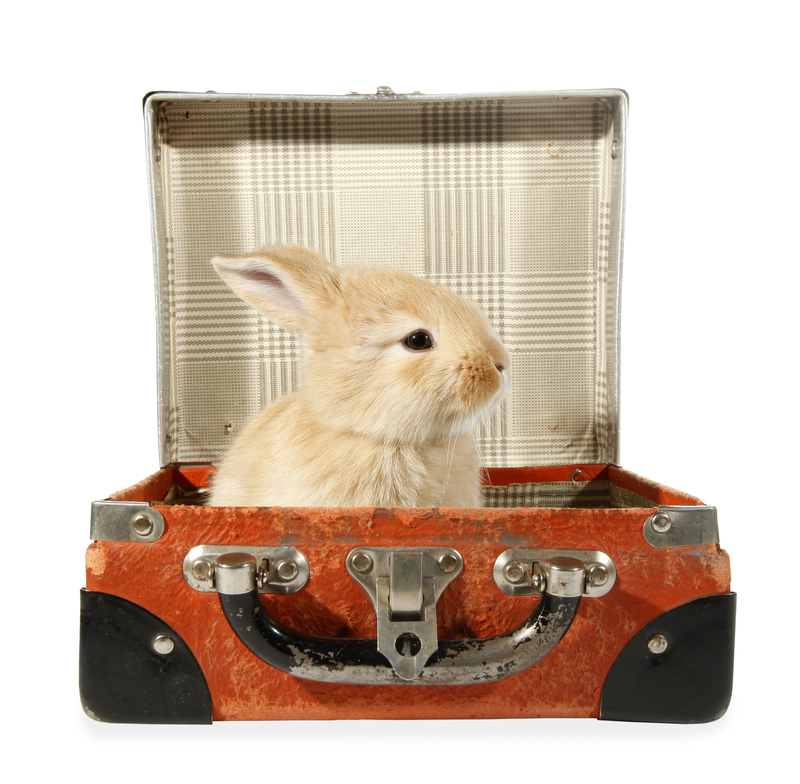Piano Moving Challenges: When DIY Just Won't Do
Posted on 02/06/2025
Piano Moving Challenges: When DIY Just Won't Do
Moving a piano is not your average household task. Whether it's an upright passed down through generations or a grand piano gracing your living room, the complexities of moving these majestic instruments often surprise even the handiest DIY-ers. In this comprehensive guide, we'll unravel the intricacies behind piano moving challenges and explain why, sometimes, "DIY just won't do" when it comes to relocating a piano.

The Intricate Nature of Pianos
Pianos are notoriously delicate and heavy. They involve a nuanced balance of precision, artistry, and engineering. Before delving into common piano relocation hurdles, it's important to understand what sets these instruments apart from regular furniture:
- Weight and Bulk: Upright pianos can weigh anywhere from 300 to 1,000 pounds, while grand pianos often tip the scale at over 1,200 pounds.
- Delicate Mechanisms: The average piano contains over 10,000 moving parts--all susceptible to disruption or damage if improperly handled.
- Irregular Shape: Unlike boxes and sofas, pianos have uneven weight distribution and unwieldy dimensions, making them particularly difficult to move safely.
- Surface Finish: High-gloss wood and intricate finishes can scratch or chip easily, affecting both appearance and resale value.
DIY Piano Moving Issues: Common Challenges
1. Underestimating the Weight and Size
Many people think, "If I can move a couch, I can move a piano." However, pianos are much heavier in proportion to their size, and their centers of gravity are unpredictable. Improper lifting can quickly cause physical injury or property damage.
2. Lack of Specialized Equipment
Professional piano movers use tools such as piano dollies, skid boards, heavy-duty straps, ramps, and padding. Most DIY movers do not have access to these crucial items, dramatically increasing risk during transport and even maneuvering within the home.
3. Navigating Stairs and Tight Spaces
- Staircases: Moving a piano up or down stairs can be nearly impossible without expertise--there's a high risk of the piano sliding, tipping, or sustaining severe damange.
- Tight Corners or Hallways: Pianos rarely fit neatly through doorframes or around corners, calling for precise measurement, planning, and sometimes partial disassembly.
4. Risk of Personal Injury
DIY piano moving often results in back injuries, crushed fingers, or muscle strains. The sheer weight and awkward nature of pianos mean even multiple strong adults can find themselves outmatched or hurt.
5. Inadequate Protection for the Piano
Pianos require specialized padding and support to protect their finish and internal components. During a DIY move, neglecting this step may cause scratches, dents, or even internal mechanical issues, potentially ruining your valuable instrument.
6. Transportation Challenges
- Lack of Proper Vehicle: Pianos should be loaded onto trucks equipped with lifts and secure tie-downs. Ordinary moving vans or pickup trucks rarely provide the support and space necessary.
- Unstable Placement: Without the right anchoring, a piano can shift in transit, causing damage or even accidents.
Why Professional Piano Movers Are Essential
Specialized Skill Set
Professional piano movers bring years of experience and training, allowing for the safe and efficient relocation of your instrument. Their expertise encompasses handling pianos of all types--console uprights, spinets, baby grands, concert grands, and more.
Right Equipment for the Job
From moving straps designed for pianos to custom-built dollies and climatized moving trucks, these professionals use gear you won't find in your average DIY kit. Their equipment ensures stability and safety every step of the way.
Risk Reduction
Accidents can happen even to the most cautious of movers. Piano moving companies are insured, which means your instrument comes with a layer of protection in the rare case of mishaps. Attempting a DIY move leaves you liable for all damages--often far exceeding the initial cost of hiring experts.
Increased Efficiency
Time is money, and moving a piano solo can easily stretch over days. Professional movers often handle such relocations in a matter of hours, minimizing inconvenience and downtime in your household.
The Financial Risks of DIY Piano Moves
Hidden Costs
- Equipment Rental: Renting proper dollies, padding, and straps quickly adds up.
- Vehicle Fees: Hiring trucks capable of carrying pianos safely is more expensive than standard van rentals.
- Potential Repairs: Damaged floors, walls, and--most seriously--the piano itself can turn a money-saving move into a costly nightmare.
- Medical Bills: Injuries sustained during heavy lifting are unfortunately common and sometimes severe.
Devaluation of Your Instrument
Pianos depreciate rapidly if poorly handled. A cracked soundboard or warped keys can reduce your instrument's value by thousands of dollars, far outweighing what you might save by skipping a professional mover.
Case Study: A Tale of Two Moves
DIY Disaster: In one notorious example, a family attempted to move their heirloom baby grand piano down a flight of stairs using only borrowed straps and blankets. Midway down, the piano slipped, narrowly missing a family member and damaging the staircase and instrument irreparably.
Professional Success: Contrast this with a second scenario, where a certified piano moving team used custom ramps and coordinated teamwork. The piano was secured, transported, and tuned at the new location, with zero damage and minimal disruption to the household.
Preparing for a Piano Move: Expert Tips
Even if you decide to hire professional piano movers, there are crucial steps you can take to prepare:
- Measure Hallways and Doorways: A precise understanding of all passageways ensures a more efficient moving day.
- Plan for Climate Control: Sudden humidity or temperature changes can strain your piano's materials. Arrange for a climate-controlled moving truck when possible.
- Remove Obstacles: Clear pathways and remove doors if necessary before the movers arrive.
- Communicate with Movers: Let professionals know if your move involves stairs, long carry distances, or awkward turns, so they can bring the proper tools and team.
FAQs About Piano Moving
Can I Move a Piano With Friends?
While it may seem feasible, moving a piano with friends lacks the expertise, insurance, and equipment necessary for safe relocation. The risk of injury and instrument damage is significantly higher.
How Much Do Professional Piano Movers Cost?
The price varies depending on piano type, distance, stairs, and complexity. On average, piano moving services range from $150 to $1,000, but these costs pale in comparison to the potential for expensive repairs after a DIY mishap.
Does Moving Affect a Piano's Tuning?
Yes. Sudden movements and environmental changes can detune your piano. Always have your instrument professionally tuned after it settles in the new location.

Piano Moving: When DIY Just Isn't Enough
While the urge to handle moves solo is understandable, the unique challenges of piano relocation set it apart from typical DIY projects. Expert piano moving services provide peace of mind, safety, and protection for your cherished instrument and property.
Summing Up the Risks and Realities
- Weight and delicacy make piano moving uniquely difficult--not suited to even the most confident DIY-ers.
- Improper handling risks family safety and the instrument's value.
- Professional movers bring insurance, equipment, and know-how to ensure a smooth process.
Conclusion: Choose Professional Piano Moving for Peace of Mind
If you value your piano for its sound, memory, or investment, trust the experts when it's time to move. From upright piano moving difficulties to the daunting task of maneuvering a grand, professional piano movers deliver results that DIY endeavors simply can't match. Ensure your instrument plays beautifully for generations--let seasoned specialists handle every step with the care your piano deserves.
Remember: In the world of piano moving, DIY just won't do.


_result.jpg)




